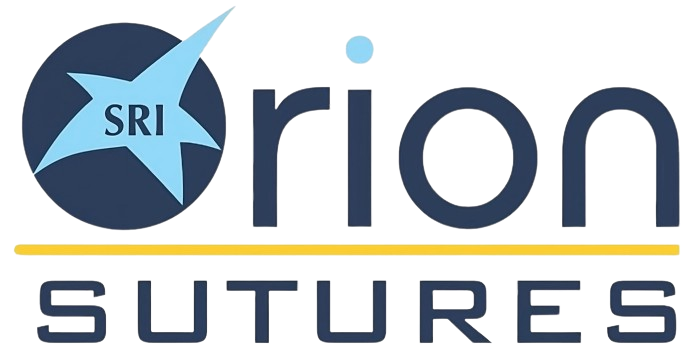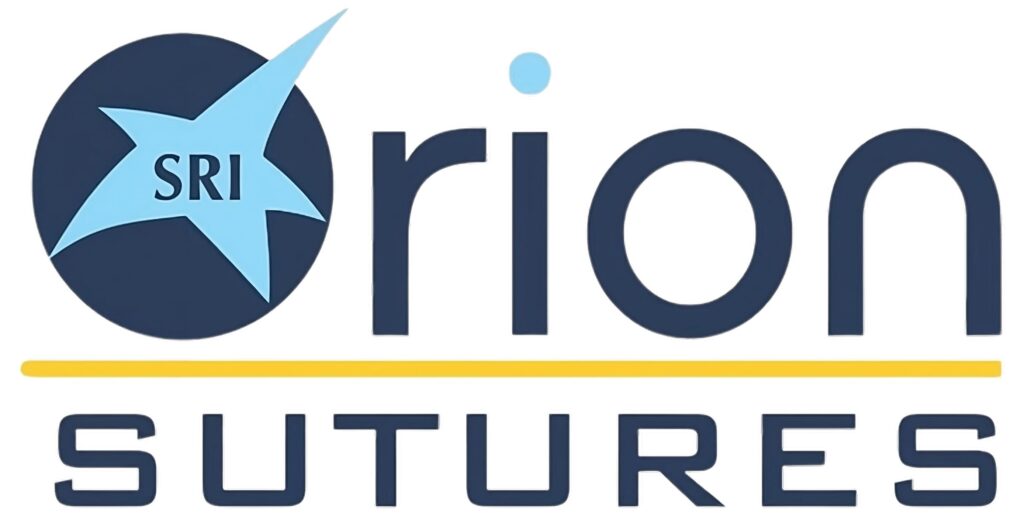Successful results in hernia repair can be achieved by choosing the appropriate mesh and ensuring its correct positioning. The increased popularity of polyglycolic acid suture in hernia mesh can be attributed to its advantageous qualities among numerous other choices. This article will elaborate on the most effective methods for choosing and positioning hernia mesh, discussing the advantages and factors to consider when utilizing polyglycolic acid sutures in such cases. Surgeons and healthcare professionals must know these recommended methods to enhance patient results in hernia repair surgeries.
- It is crucial to have a comprehensive patient assessment before proceeding with hernia repair. It is important to consider various factors such as the patient’s medical background, the specific type and size of the hernia, and any past surgeries when making a decision. Furthermore, considering the patient’s general well-being, potential hypersensitivities, and lifestyle elements can aid in determining the most appropriate mesh for the best possible results.
- When choosing a hernia mesh, various factors should be considered. Specific materials should be used for making the mesh, mainly biodegradable materials. This is because it offers both initial strengths and facilitates the growth of tissue. Polypropylene and composite meshes are commonly used as alternative materials.
- In addition to the physical substance, the design and characteristics of the mesh are crucial factors in achieving effective hernia repair. Meshes that have a sleek design and are lightweight are the preferred choice to reduce discomfort and the possibility of complications. Furthermore, the mesh must have an adequate pore size that allows for tissue growth while avoiding internal adhesions.
- Getting the mesh size right is extremely important for the best possible positioning and securing. The mesh should effectively span the hernia opening while ensuring there is sufficient healthy tissue overlap. This guarantees that the weakened abdominal wall is adequately strengthened, consequently lessening the possibility of recurrence.
- The surgical outcomes are greatly influenced by the method employed for positioning the mesh. Correct handling and positioning of the mesh are crucial to guarantee sufficient coverage of the hernia gap and reliable attachment. Surgeons must adhere to standardized methods while being cautious to prevent mesh folding, overlap, or tension during procedures.
- Hernia repair procedures necessitate proficiency and knowledge in the field. Surgeons need to receive proper training and keep themselves informed about the newest developments in hernia repair techniques. Knowing about various types of mesh materials, their characteristics, and the best techniques for positioning them can enhance the surgeon’s capacity.
- The post-surgery care is extremely necessary as it mitigates the complications possible in the long run. For an effective hernia repair, make sure to follow the proper guidelines. Regular check-ups provide the opportunity to assess the surgical area and examine the integration of the mesh.
In summary, following best practices in selecting and placing hernia mesh is essential to achieve positive results. The utilization of polyglycolic acid sutures, a material that can be broken down by the body, provides beneficial characteristics in terms of durability and the growth of tissue. Surgeons can maximize the advantages of using polyglycolic acid sutures absorbable by the body. Taking account of patient assessment to ensure proper postoperative care, one can effectively repair the hernia.

